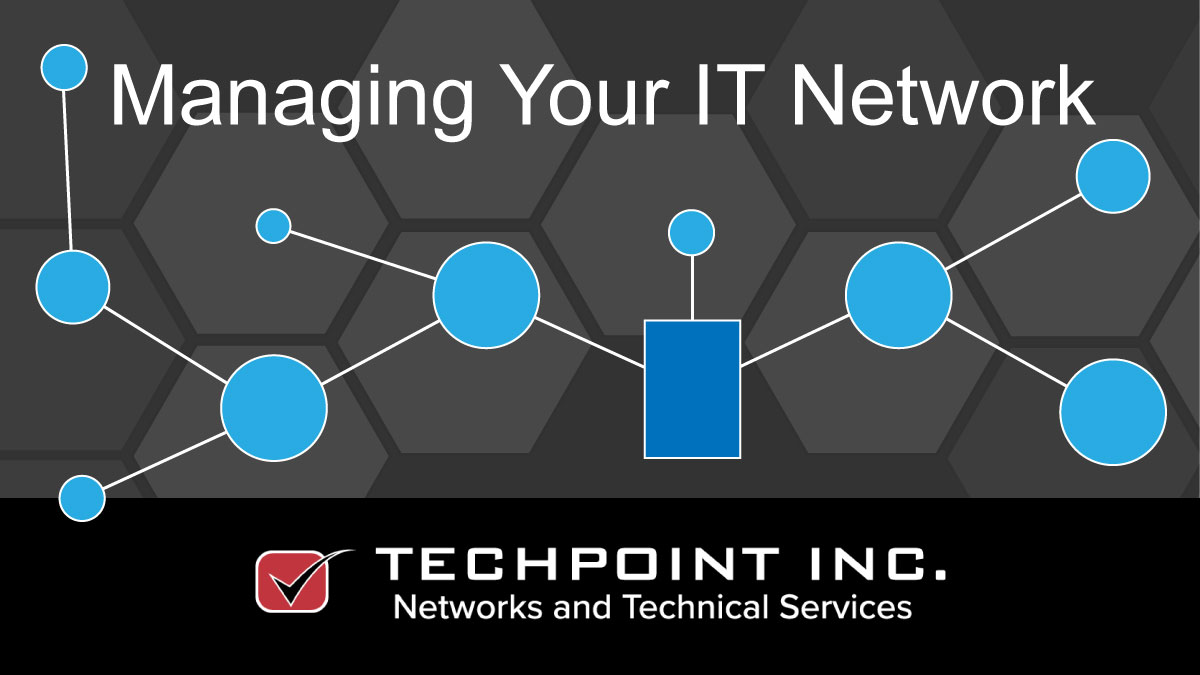Managing your company network can be a complex process, especially for larger networks. Management and monitoring software is available to make the task simpler, but investing in the wrong system or not implementing it correctly can result in additional complexity, and a poor return on your investment.
The best place to start before looking at purchasing network management software, is to get the basics right first, so here we’ll list out a few things to put into place, and with these items deployed, you may not even need to purchase additional applications:
Create an inventory of your main systems
Knowing what you have to manage is critical to any management scenario. Create an itemized list of all of your main systems, including computers, servers, printers, routers, hubs & switches, storage systems, firewalls, software, mobile devices, and anything else that’s important to your business infrastructure.
Include things like device age, type, processor, RAM, storage size, version numbers, MAC & IP addresses, and location.
Create a change control management process
Once you have this list, you can immediately see what you have, what needs upgrading, and what needs replacing, so build out a process that allows you to regularly check on upgrades for these devices, and if a device or app approaches end-of-life status, or needs an upgrade, you can properly plan for it.
Research compliance, security, & monitoring standards
Research compliance requirements in regards to your business or network. This is particularly important when it comes to security, so make sure you know where you stand legally.
Create network diagrams
Map out your network, showing key devices, programs, computers, and locations. Make sure team members and managers have access to these diagrams, so they can be consulted and referred to as required.
Map out system interdependancies
If you have systems that are dependent on each other, make sure that you’re aware of them, so that if there’s a failure or malfunction, you know where to look.
Design a system of alerts and key response staff
All businesses have critical systems, so it’s vital to have a system of alerts and responses from your critical systems, and of key staff who are able to respond to those alerts.
Create a process and schedule for checking all system logs
Maintain a regular schedule of inspecting the logs of your main systems. This can help to identify errors before they occur.
Monitor your security systems
You should also keep a close check on your security systems. Keep them up to date, and look out for intrusions, viruses, Trojans, and any other form of security threat.
Monitor your users and traffic
Finally, make sure that you monitor your user activity, and your traffic. This will help you locate and manage any bandwidth bottlenecks, as well as making sure that users are only using the services and devices that they should be.
Once you have all of these items in place, and are following a scheduled series of processes, you may actually find that you do not need to purchase a system management program, but with a larger network it may be necessary to make the investment – we’ll discuss some of the more prominent systems in a future article – but many smaller companies should be able to manage their IT infrastructure without the additional overhead.
Contact TechPoint for help and advice on managing your network
